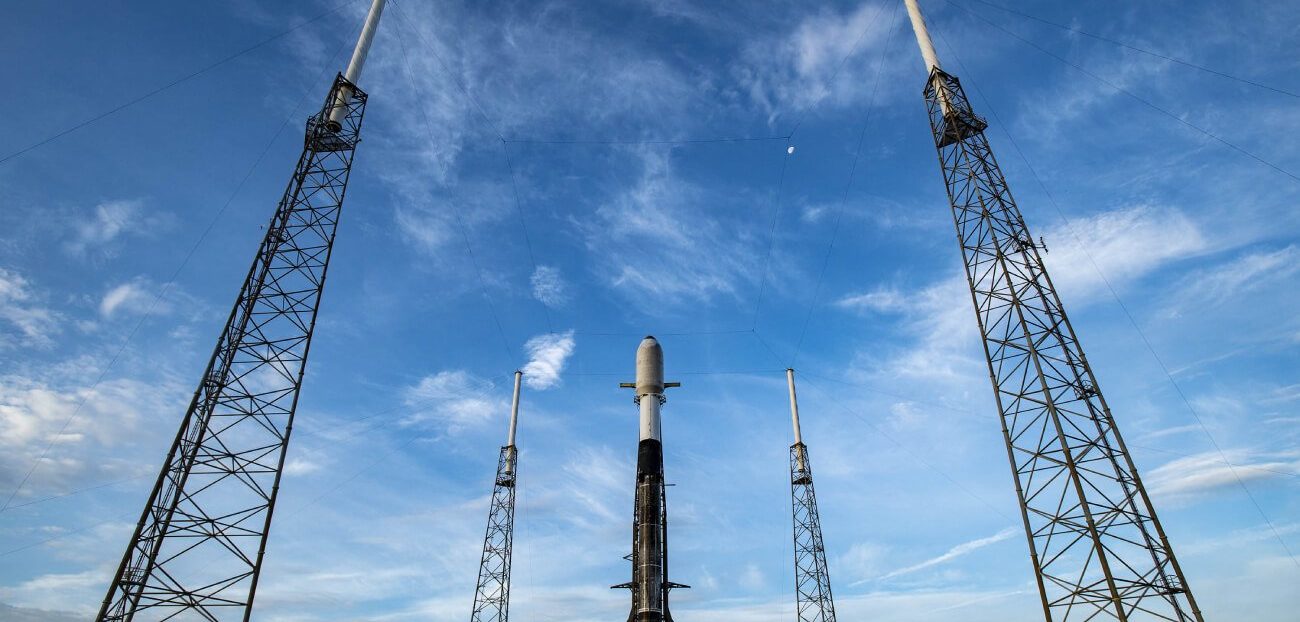Satellite IoT Company Astrocast Goes Public
25 Aug 2021
Astrocast lists on Euronext Growth Oslo LAUSANNE, Switzerland, August 25, 2021 – Astrocast SA, the leading Swiss I...

On Wednesday, June 30 2021, Astrocast launched five more satellites on the SXRS-5 Spaceflight mission onboard SpaceX Falcon 9 rocket. This launch means the rapid expansion of the Astrocast nanosatellite IoT network, now consisting of a constellation of 10 satellites in space providing cost-effective and highly secured communication to customers around the globe.
Working towards deploying our 100 satellites’ constellation by 2024, only a few months ago, the Astrocast network went live with the launch of 5 nanosatellites that were commissioned to serve our commercial customers. Today, another 5 have been successfully deployed and are being commissioned.
With 10 commercial satellites in space, our constellation’s latency will decrease. Therefore our customers will be able to send more messages per day. And we are just starting. One more launch is foreseen by the end of the year, carrying 10 more satellites. With 20 satellites by Q4 2021, the Astrocast network becomes the most reliable in the market for customers looking at monitoring assets in the most remote areas in the world.
Did you know SXRS-5 is Astrocast’s 4th launch mission? Or that our 1st satellite’s name is Kiwi? Learn more facts about Astrocast’s journey in space on our Missions page.
Astrocast’s global Satellite IoT Network provides a comprehensive direct-to-orbit service that includes the most advanced nanosatellites and communication modules and enterprise-class services. It features:
In addition, the Astronode S is two to three times less expensive than conventional bidirectional satellite IoT terminals. Customers from diverse industries and geographical areas benefit from this throughout the Astropreneur Programs, developing a solution 100% adapted to their needs.